I installed the OEM numberplate Led's a couple of weeks ago hoping that the un-ticking of the "numberplate cold lamp check" would bypass the "bulb-out" thats common with led lights
After this didnt work, I searched the net and found a thread on the
TEX about a guy that did a similar install in the states
What I liked about this OP's install is that he found a way around the resistors that used to get too hot and required mounting inside the cars bodywork etc
His theory was that by using a larger resistor, you reduce the % of total capacity drawn and in return reduce the surface temp of the resistor
For my application I made use of 56Ω/50W resistors which are rated at 300C surface temperature
The OEM bulbs used on our cars draw roughly 5W (4.7W to be precise) vs the OEM Led's that only draw 1W, which results in the dreaded "bulb out" warning
This indicates that an additional draw from the resistors of 4W each will be required
This is only roughly 10% of the resistor's full draw which will result in a surface temp of around 10% of the maximum 300C
What this indicates is that the max temp of the resistors will be around 30C + ambient (35C max), thus 65C which is not enough to come close to melting our bumpers and makes it safe for storage in the bumper void
Down to businessI went ahead and ordered the following parts:
Two (2) of each of the following:
- 1J0 973 702 (female plug)
- 1J0 973 802 (male plug)
- 000 979 131 (repair wire)
- 000 979 132 (repair wire)
- 50W/56Ω power resistor
The resistors used with some heatshrink to further reduce chances of melting


Assembling of the wires are easy, the only thing to take note of is that with the female plug you need to remove a purple clip before inserting the wires and then refit after insertion to keep the wires in place
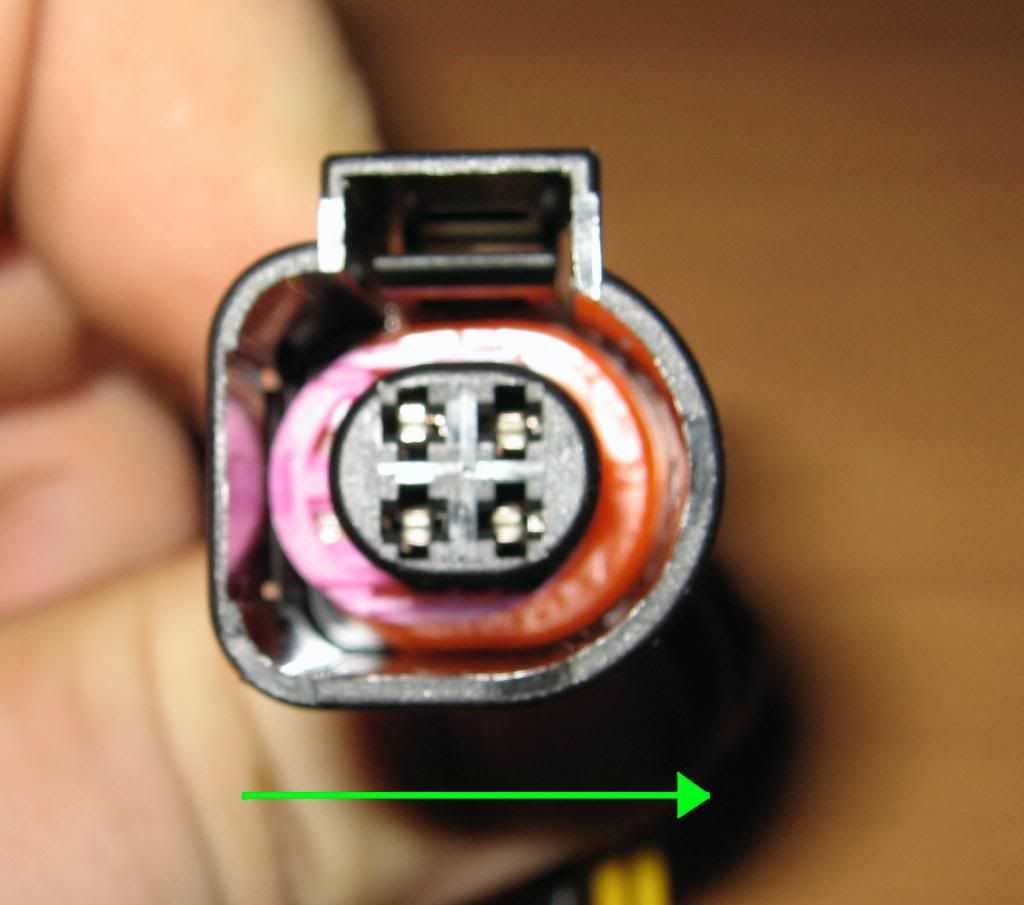
With the male plug, after inserting the wires you need to push the purple tab down with a small screwdriver to clip the wires in place
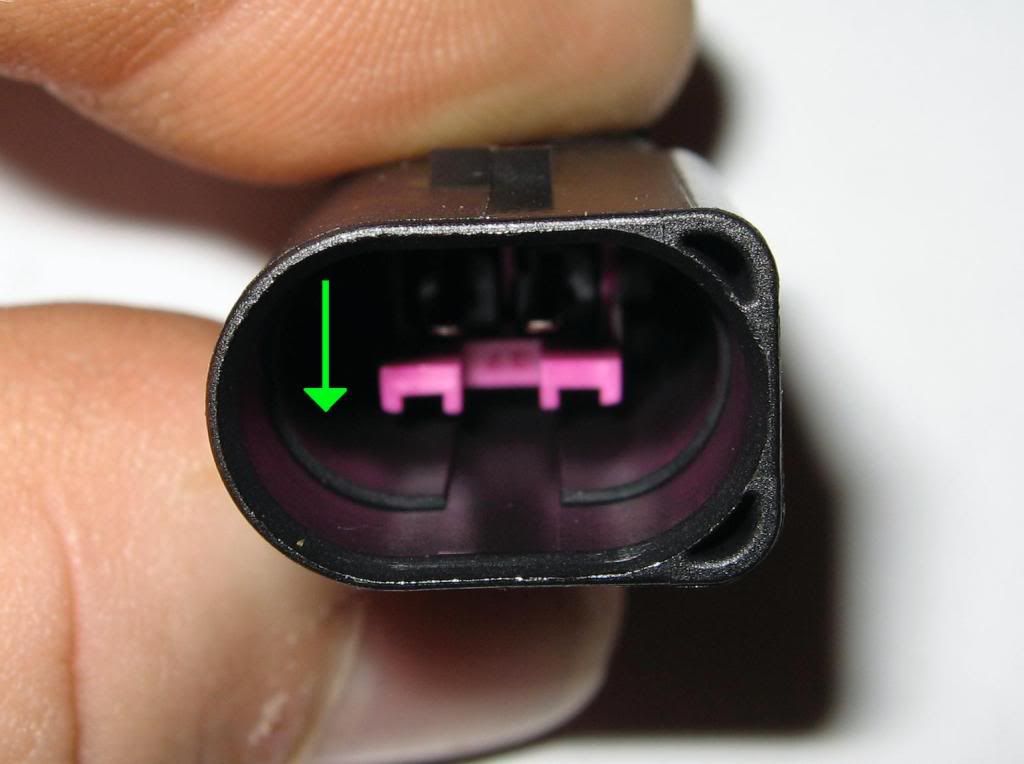
Assembled they look something like this
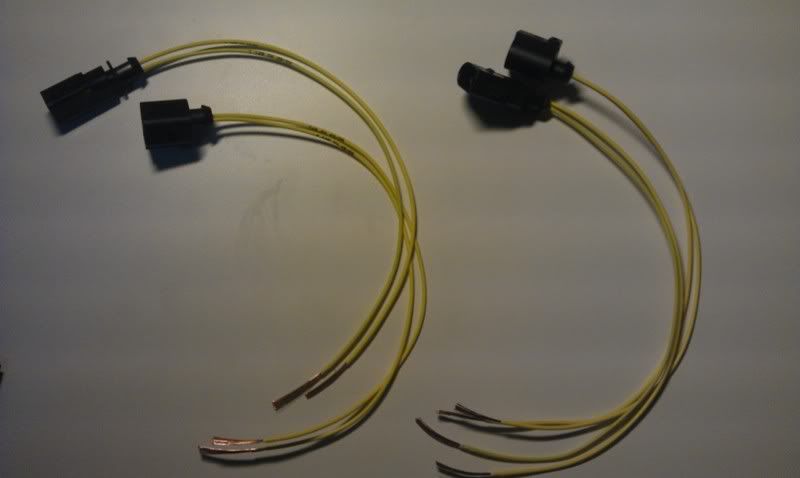
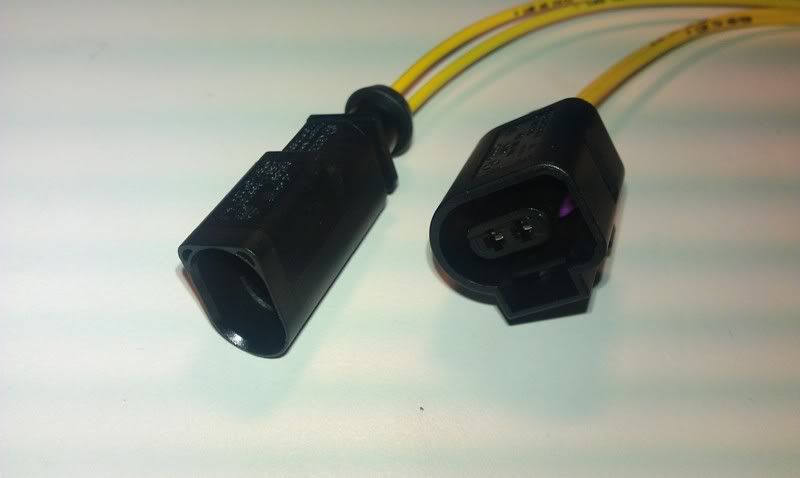
Now you have to join the wires together, I recommend spreading the individual copper strands and intertwining them, word of
caution, ensure that you join the wire coming from plug point 1 (one) on the one plug to wire 1 (one) from the other plug, these numbers are clearly indicated on the plugs themselves


Now just some soldering and heatshrink and bobs your uncle
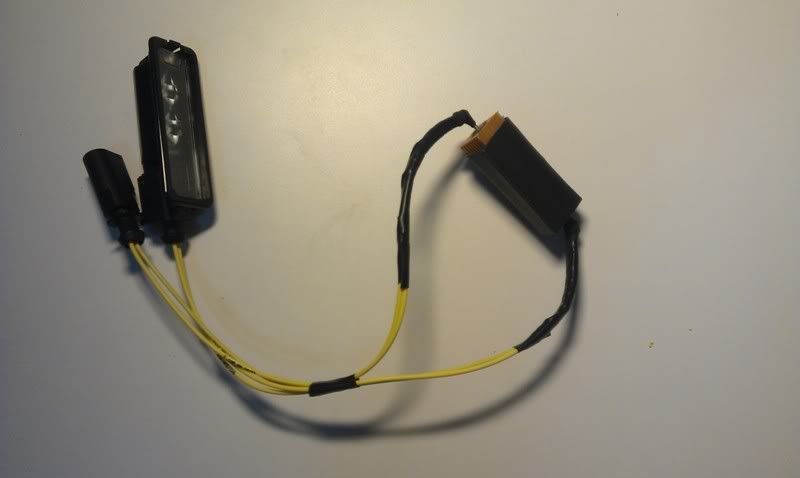
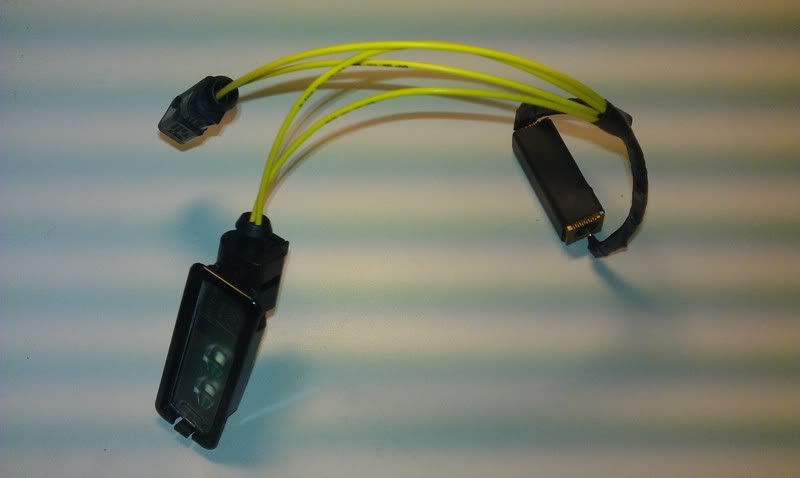
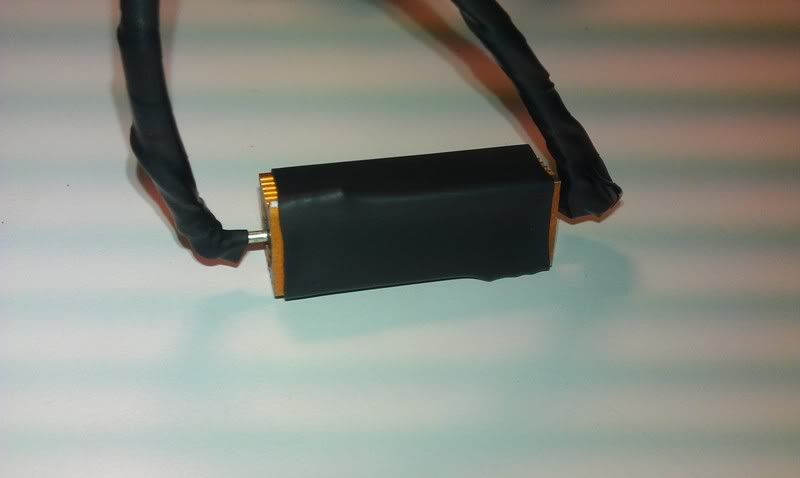
Test fitting
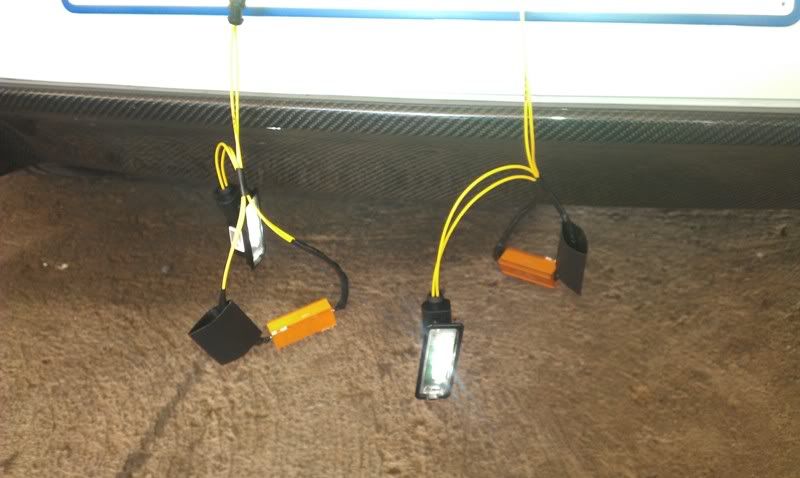
They tuck into the bumper cavity very nicely, drove around for 30mins and pulled them out and was able to touch them easily, little warm but nothing drastic
So if you want the OEM Leds and dread the "bulb out" warning, these are an easy plug and play sollution